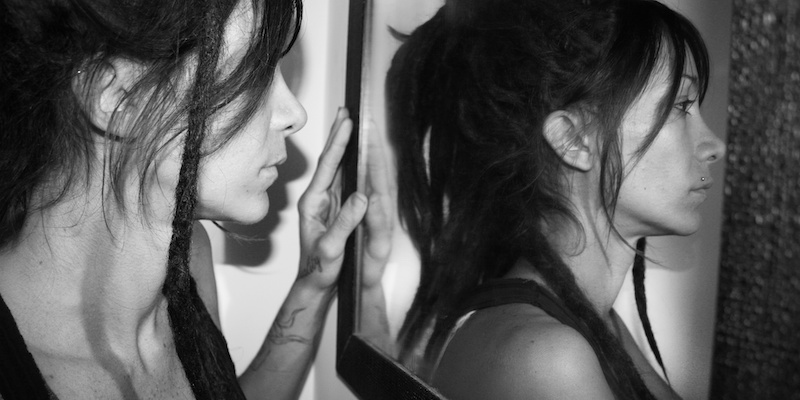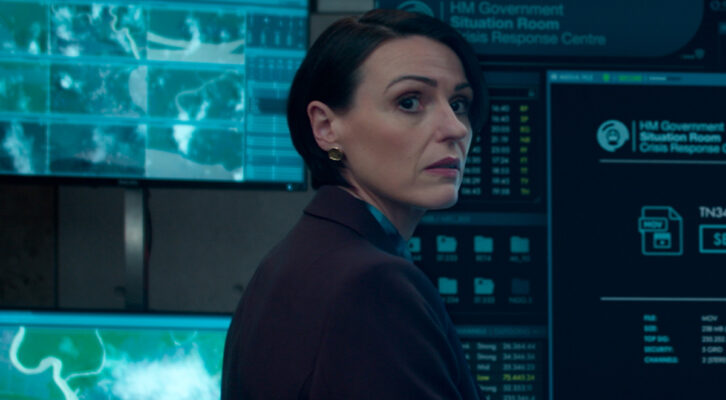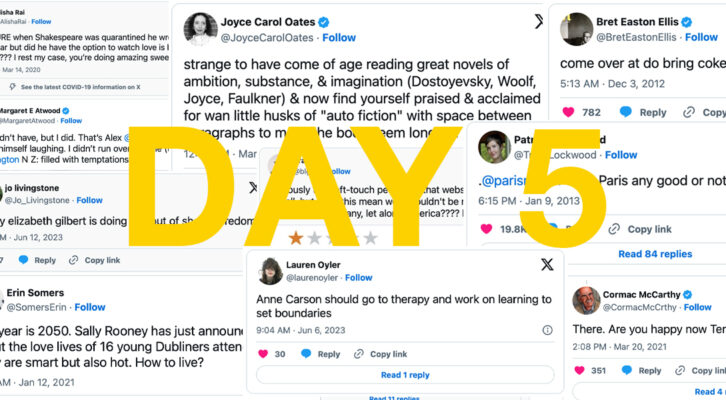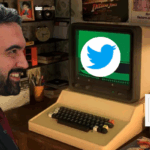On January 19, 1919, 34-year-old identical twin sisters Gladys and Dorothea Cromwell boarded the ocean liner La Lorraine at Bordeaux, France, headed back home to New York City. For the previous two years, the twins—descendants of the English statesman Oliver Cromwell and heirs to a fortune—had volunteered with the Red Cross, working on the front lines day and night, getting scant sleep on open fields, tending to wounded soldiers and surrounded by death. Hours into the ship’s journey, in the early evening, witnesses noticed two women on the upper deck, wearing matching black capes, walking arm in arm. They separated. One sister climbed the rail and jumped, vanishing into the darkness. A moment later, the other followed. With two faint splashes, the twins were gone.
The tragic tale of the Cromwell twins has haunted me for years. It seems clear that the sisters were suffering from “shell shock,” a phrase that gained popularity amid the horrors of the war (and known today as Post Traumatic Stress Disorder). But what unknowable factors and motivations lurked beneath their final, decisive act? Were they equally tormented by their experience in France, or did one twin suffer more than the other? Did they make the decision to jump together, or did one sister—unable to face life without her twin—follow after the fact? Irish poet Padraic Colum later described the sisters as “twin spirits caught into an alien sphere, strangely beautiful and strangely apart.” His observation invokes the 19th century Gothic literary trope of the doppelganger—a second, shadow self who exists just beyond one’s control.
I’ve witnessed this trope play out in my own life, as both of my parents are twins. My father, Ronald, and his twin, Donald, were fraternal, meaning they were conceived when two separate eggs were fertilized by two separate sperm; their genetics are the same as any other brother or sister. But my mother, Katherine, and her sister, Judith, were identical twins. More than identical, they were mirror twins—a rare form of identical twins that occurs when the embryo splits later than usual. Looking at each other was akin to looking into a mirror. My mom is right-handed and my aunt was a lefty. Their hair parted naturally on opposite sides. Like the Cromwell twins, their lives followed the same path: both became emergency room nurses; both had two children; both smoked the same brand of cigarette and spent holidays gambling in Atlantic City. I often wondered if their choices had been entirely their own, or if, by some subconscious force, they felt compelled to repeat each other, beholden to shadow shelves that neither could escape.
I was reminded of this question in 2019, when I watched a fascinating documentary called Tell Me Who I Am. It tells the story of identical twins Alex and Marcus Lewis, whose lives were derailed by a strange, rare form of amnesia. When Alex was 18, he suffered an accident that obliterated his memory. When he awakened from a coma, he remembered nothing but Marcus’s face and name. In this tragedy, Marcus saw an opportunity: he could recreate his and Alex’s history, inventing memories that bore no resemblance to the lives they’d actually lived. Their story neatly upended the Gothic trope: there was no shadow self to exert its secret will; the shadow self had ceased to exist at all.
I began to think about what my mother and her twin would have done in this extraordinary situation, and was inspired to write Where You End. Kat, one of my protagonists, suffers from the same form of amnesia as Alex. Desperate to relearn her history and identity, she trusts that her identical twin, Jude, will fill in the blanks. Jude is prepared for this request. She placates Kat with vivid sessions of show-and-tell, sharing artifacts and stories purportedly from their past. They had an idyllic childhood filled with books and poems and homemade costumes and inventive games. Their parents, both gone now, were brilliant and kind. On a whim the twins traveled to Europe and stayed for years, roaming from place to place, dipping in and out of strangers’ lives, accepting that their one constant, in both past and present, is each other. Kat greedily anticipates these stories, and with each new revelation she believes she has a better understanding of herself and how to navigate her world.
Eventually, Kat begins to suspect that, maybe, Jude has been lying to her all along. If their lives had been so perfect, who is the mysterious woman following and threatening Kat? And what explains Kat’s uncontrollable flashes of violent anger, which begin to jeopardize her sweet new romance? As Kat begins to crack Jude’s carefully constructed fantasy, she is entirely unaware of the dangers she’s inviting. Her desire to know the truth—and, ultimately, herself—threatens not only the twins’ relationship, but their very lives.
As I got deeper into my writing, it became clear that Kat and Jude had not lost that mysterious, inexplicable shadow self; it had merely adapted and changed form, starting over from scratch. Kat could not trust Jude’s version of their past, but neither could Jude trust this new version of Kat—“After Kat,” she calls her—a twin sister whose familiarity now feels foreign, all those once-predictable gestures and moods rejiggered in strange ways. In “The Fall of the House of Usher,” perhaps Edgar Allan Poe’s most famous work about doppelgangers, the unnamed narrator shares an unsettling observation about the Usher twins: “sympathies of a scarcely intelligible nature had always existed between them.”
And so it is, too, with Kat and Jude. After the twins have relearned each other, they seemed to become less my fictional creation than real, complicated characters with motives and desires of their own, independent of what I had envisioned for them. As the dangers of their past and present converge, I realized that twins, both real and imagined, will always strive to keep their secrets.
***















